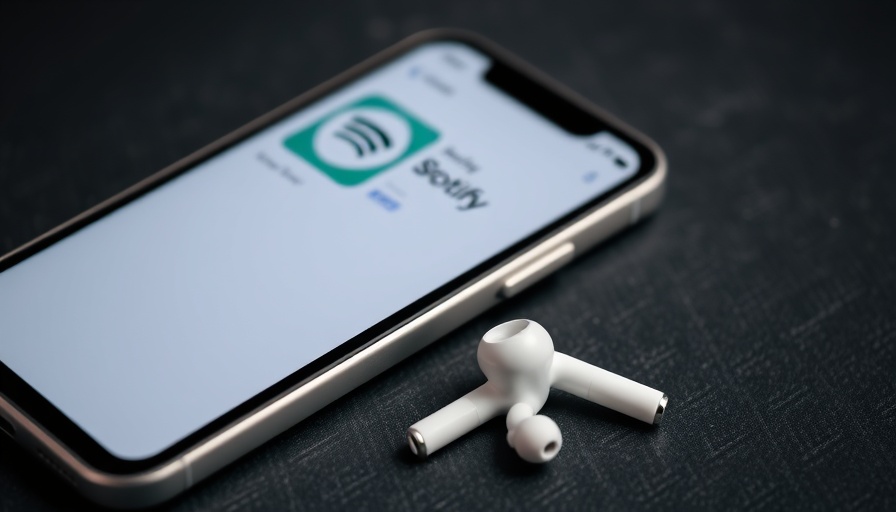
The Unseen Risks of EMF Exposure
As wireless earbuds like AirPods become integral to our daily routines—whether during workouts or while tuning into podcasts—a growing number of experts are sounding the alarm about the impact of electromagnetic fields (EMFs) on brain health. These tiny devices might seem harmless, but concerns have emerged about their role in potentially disrupting our health over time.
Understanding EMF Radiation from AirPods
In essence, AirPods utilize Bluetooth technology, which operates on a frequency of 2.4 GHz, categorizing it as non-ionizing radiation. While its intensity is lower compared to other types of radiation, the real worry stems from continuous exposure. Scientific findings indicate that even low levels of EMF radiation can accumulate and lead to health concerns, particularly when devices are nestled so closely to our brain tissue.
Can AirPods Actually 'Microwave' Your Brain?
The phrase 'microwave your brain' might sound alarming but it serves as a metaphor for the subtle heating effects caused by prolonged exposure to EMFs. Studies suggest EMFs might alter cellular functions and potentially disrupt the blood-brain barrier—a protective shield designed to keep harmful substances out of the brain.
The Call for Stricter Guidelines
A coalition of over 250 scientists globally has appealed to the UN and WHO for enhanced safety regulations regarding wireless technologies. Their appeal highlights that enduring exposure to EMF radiation could pose long-term health risks, urging the necessity for cautious usage.
What Are the Long-Term Health Risks?
The potential implications of long-term use of AirPods are vast. Some individuals report experiencing headaches, dizziness, and cognitive fog after extended periods of using wireless devices. Perhaps most concerning is the emerging evidence that EMFs can make the blood-brain barrier more permeable, heightening the risk for toxins to infiltrate vulnerable brain tissue.
Insights from Personal Experiences
For many, these invisible waves have become a part of everyday life. Users often overlook the risks associated with AirPods, prioritizing convenience over health. Yet, as personal accounts reveal, those who experience EMF sensitivity report a variety of symptoms, from headaches to fatigue, reinforcing the notion that our reliance on technology might be compromising our well-being.
What Can You Do to Protect Yourself?
While the debate surrounding the safety of wireless devices continues, there are steps individuals can take to mitigate risk. Reducing usage time, employing speakerphone features during calls, and keeping AirPods out of the ear when not in use are practical ways to lessen exposure. Moreover, utilizing wired headphones could serve as a simple alternative that provides safer listening options.
Looking Ahead: The Future of Wireless Technology
As technology evolves, so does the understanding of its effects on our health. The discourse surrounding EMF exposure and its potential dangers is gaining traction, as conversations about health and technology continue to intertwine. The best approach is to stay informed and considerate about our choices.
Conclusion: Prioritize Your Brain Health
While AirPods offer the allure of convenience and sound quality, the risks associated with EMF exposure should not be overlooked. By becoming proactive about our technology use and adopting safer practices, we can protect our brain health while still enjoying the benefits of modern devices.
 Add Row
Add Row  Add
Add 




Write A Comment